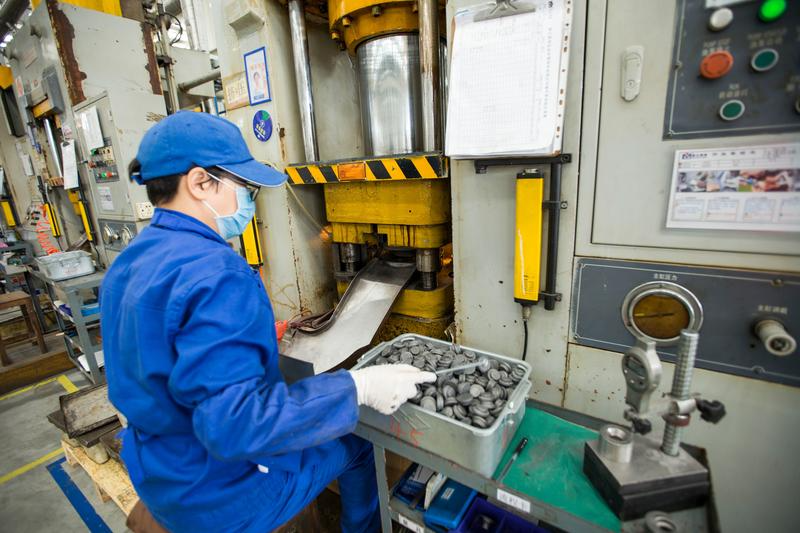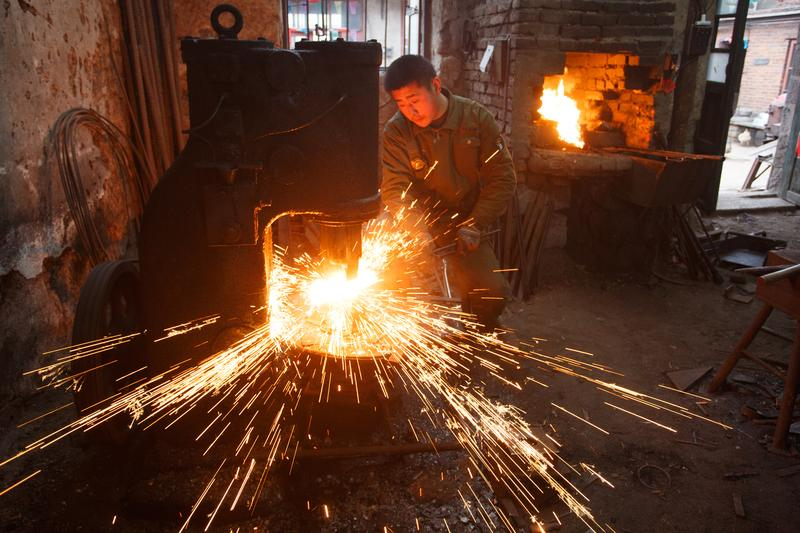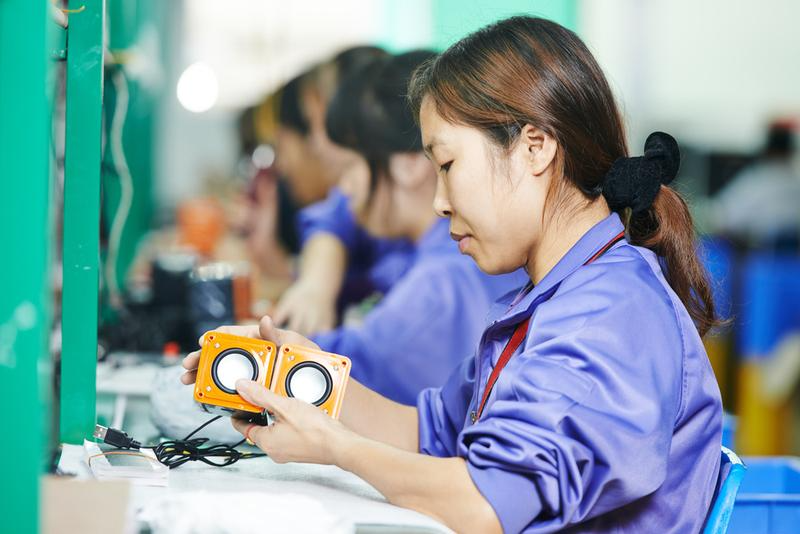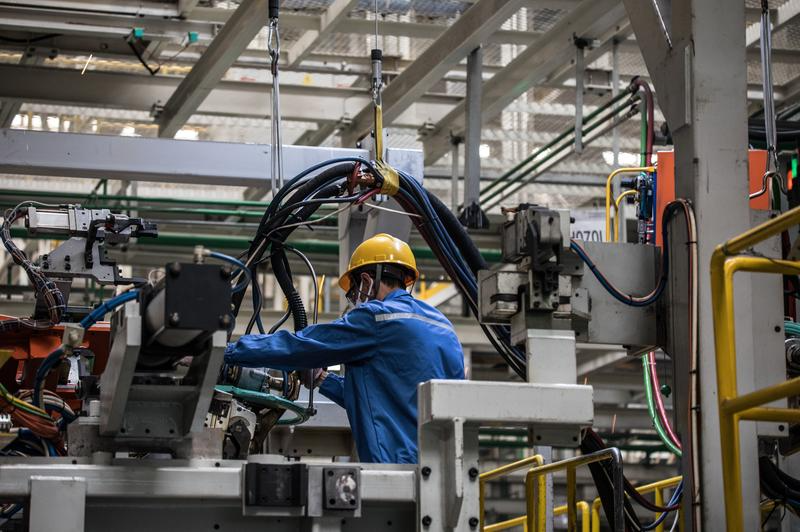Why “Made in China” Gets Criticized – What You Need to Know

Why Is “Made in China” Often Criticized? Let’s Break It Down
When people talk about why “Made in China” often gets a bad reputation, there are a few common reasons that usually come up:
- Lack of Innovation – Chinese manufacturers are often criticized for not being innovative enough and lacking independent creative capabilities.
- Poor Product Quality – Many argue that Chinese manufacturers need to improve their quality awareness and strengthen their quality management systems.
- Low Efficiency – China’s manufacturing sector is still largely labor-intensive, and with the decline in the labor force, production costs are rising. The solution? Replacing human workers with robots for repetitive tasks.
- Low-end Products – A lot of Chinese manufacturing is seen as operating at the lower end of the industrial chain.

Typically, “Made in China” is associated with low-quality products. Chinese companies are known for manufacturing affordable products that are decent in quality, but not necessarily high-performance or high-value. But does low cost always mean low quality?
China joined the WTO over 20 years ago, and Chinese hardware products are now seen all around the world. If the quality weren’t up to standard, global expansion wouldn’t have been possible. While lower prices are a factor, if the quality isn’t reliable, no amount of price-cutting would make a product viable on the international market. This proves that Chinese manufacturing quality has reached a competitive level.
China’s Low-Cost Advantage
China’s ability to produce low-cost goods is a competitive advantage. It’s possible to create products that are both affordable and of reasonable quality. Manufacturers can deliver excellent products and services while also cutting costs.

Is High Quality Always Expensive?
High quality doesn’t have to come with a hefty price tag. Achieving quality begins with a solid quality plan, which involves both a Quality Assurance (QA) system and a Quality Control (QC) system. These two are distinct: QA is about planning and setting up systems to fulfill customer promises, while QC focuses on maintaining quality with minimal investment, helping control costs
In fact, many new automation tools and machines can sometimes drive up costs and reduce quality. At some of the world’s leading manufacturers, cutting-edge equipment isn’t always the focus. Instead, they rely heavily on skilled employees who work together to eliminate waste and unnecessary steps.

Why New Equipment Isn’t Always the Answer
In many cases, introducing brand-new machinery can be the clumsiest way to improve manufacturing. Many factories rely too heavily on automation, believing that upgrading technology alone will improve quality. But the key to high quality isn’t necessarily about new machines—it’s about working with existing resources to maximize efficiency and minimize costs.
The key is to achieve the highest profit by minimizing input. This philosophy is at the heart of Chinese manufacturing—it’s about nurturing manufacturing capabilities with careful management. There’s always waste in production, which means manufacturing can always improve but never be perfect. Minimizing input is the way to maximize profit.
